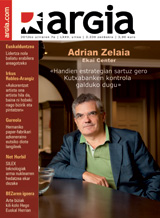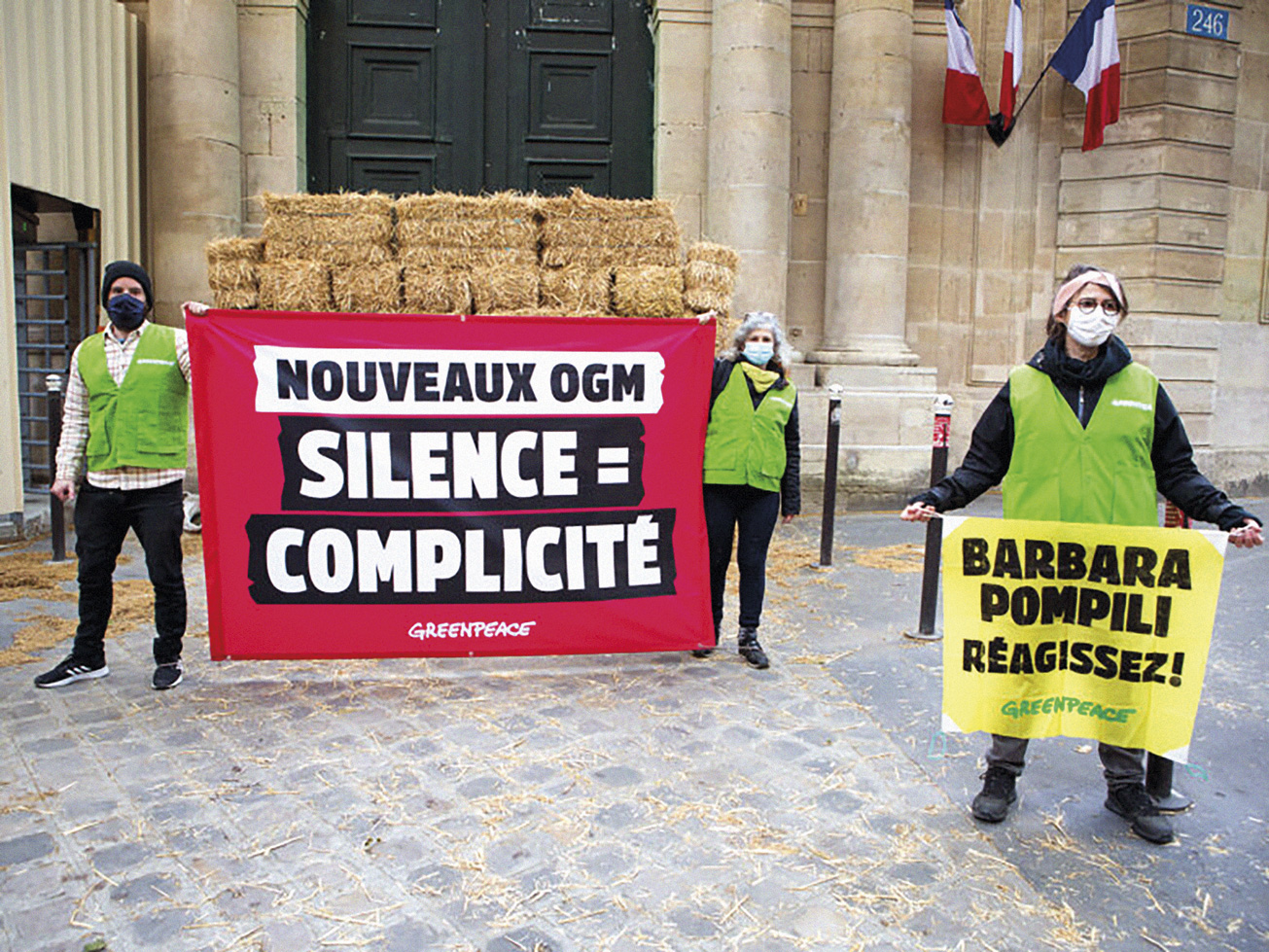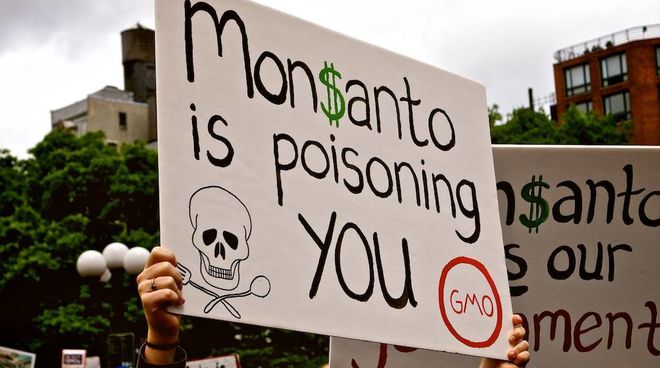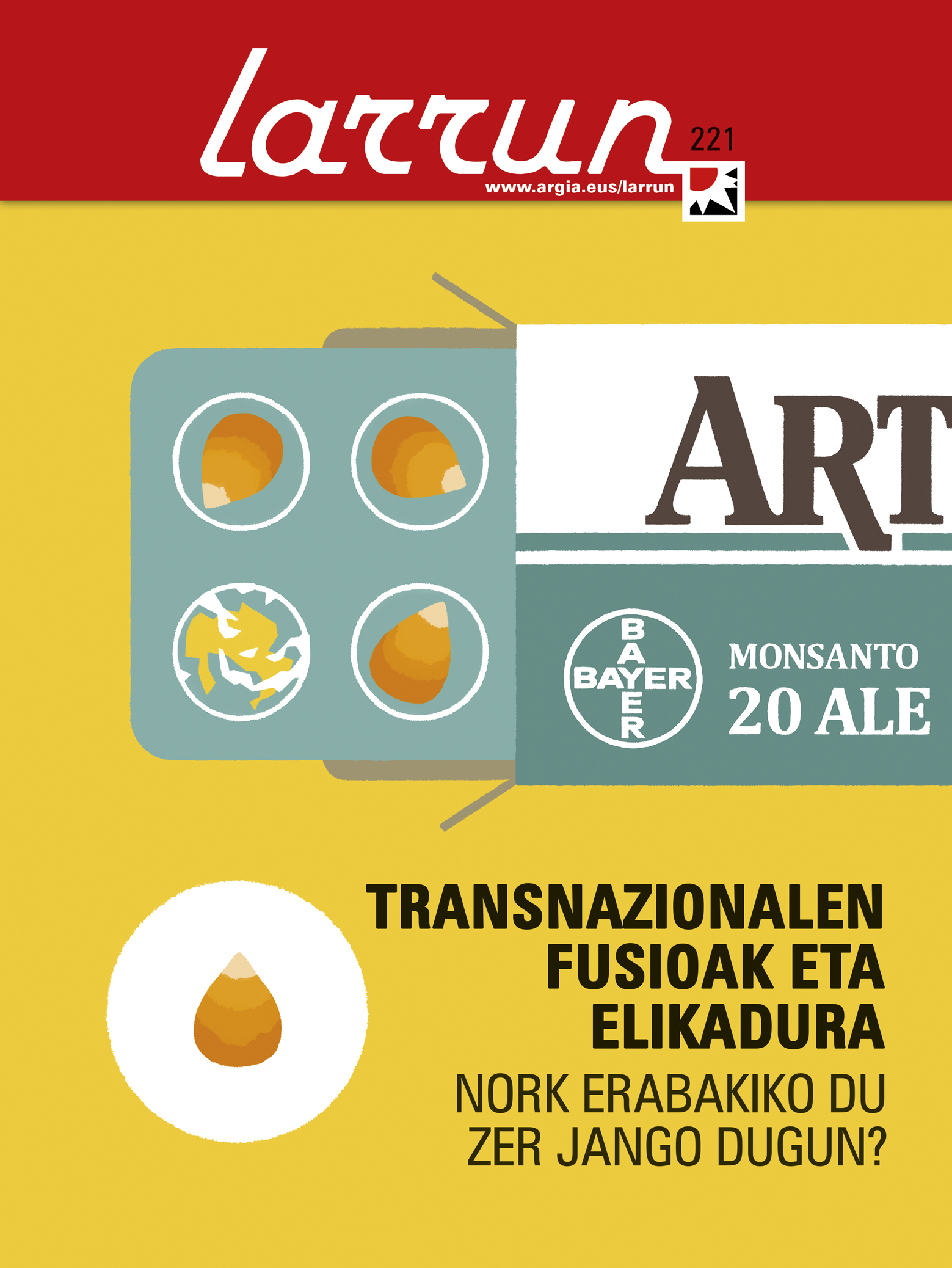Red lights on transgenic maize
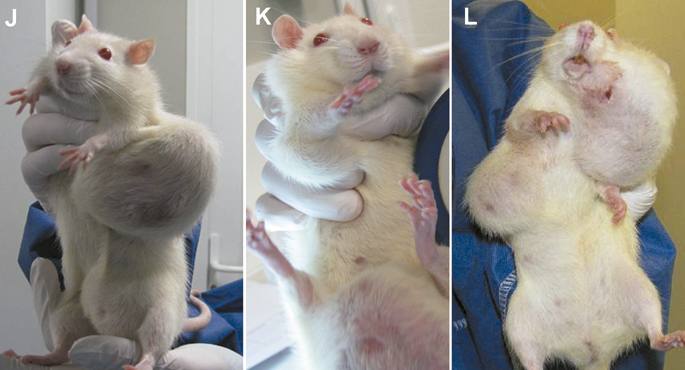
The article published on 19 September in the journal Food and chemical toxicology by researchers from the French organization CriiGen has caused a great scandal.
As indicated in the article, after a group of rats were fed for two years with genetically modified maize by Monsanto, the world's largest GM producer, NH603, mortality in female rats has increased by two or three times and the number of necrosis in male mice has increased by two to five times.
The researchers began their work in North America, where they planted different types of maize: conventional maize, common maize mixed with Roundup herbicide, transgenic maize and transgenic maize mixed with Roundup herbicide. They made croquettes with each of them, and in two years, they were the ones who ate the rat herds.
Rats that ate transgenic maize croquettes began to die faster than those fed conventional maize, due to several tumors. Most tumours developed in females in the breast and pituitary, with an increase of 50% to 80% compared to the usual.
This study has raised a number of controversies between researchers, producers and politicians, who soon begin to speak in favour of and against the reform. It is true that this is the first time that the effects of GMOs have been analysed for so long, but it is also true that the study has two weaknesses: on the one hand, the number of rats used in the tests has been small, since only ten units have been used; and on the other hand, the rat species used tends to develop tumors.
The return to the media effect that has been achieved in society will be difficult for Monsanto, whatever it may be, especially because the human instinct to survive tells us that the transgenic is contrary to the life developed and evolved for centuries. Following the line of the research carried out, it is best to continue research, but who is going to put the money for it?
José Ramón Olarieta Alberdi is a doctor in agronomist engineering and professor at the University of Lleida, as well as a member of the Catalan association Som what Sembrem.El last year published a book on transgenics: Are GMOs really safe and necessary? In April, Leitza and... [+]
Laborantza-industrian egin den inoizko akordiorik handiena gelditzeko eskatu diote milioi bat lagunek Europari: Monsanto eta Bayer enpresek indarrak batuko dituzte galarazi ezean. Hazi transgenikoen eta industria farmazeutikoaren arteko lotura 2016tik datorren arren, azken... [+]
Europako Batzordeak iragarri du sakon aztertu nahi duela Bayer konpainiak Monsanto erosteak kalterik egingo ote dion pestiziden eta hazien merkatuari. Bruselak adierazi du fusio-operazioa burutzeak bi arlo horietako munduko enpresarik handiena sortuko lukeela, eta horrek... [+]







